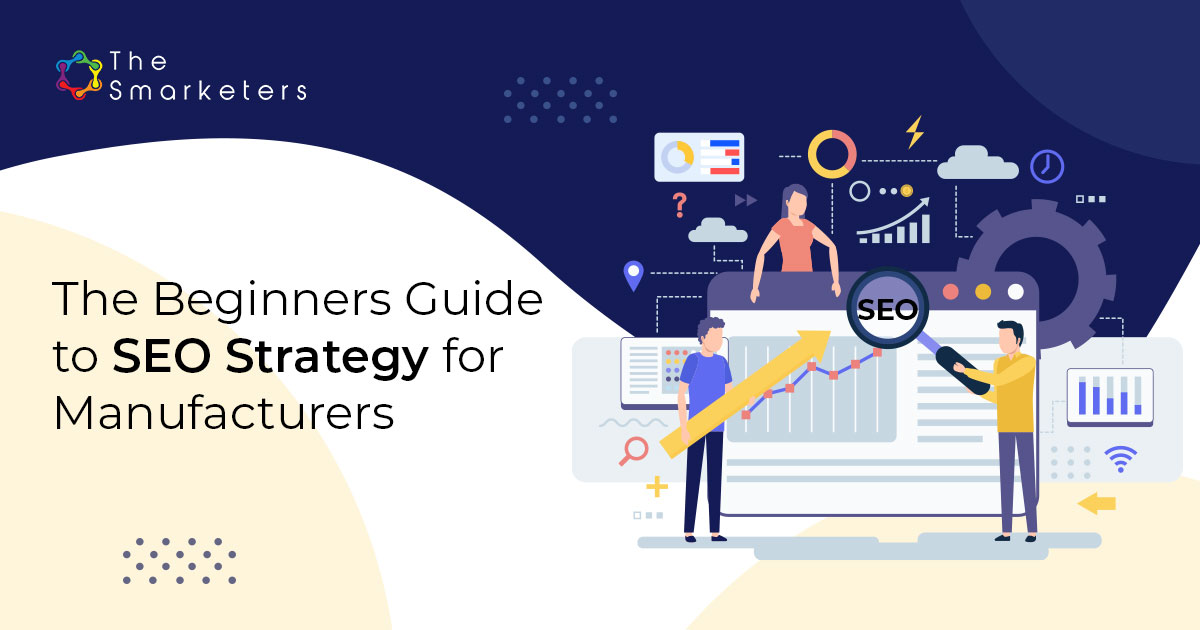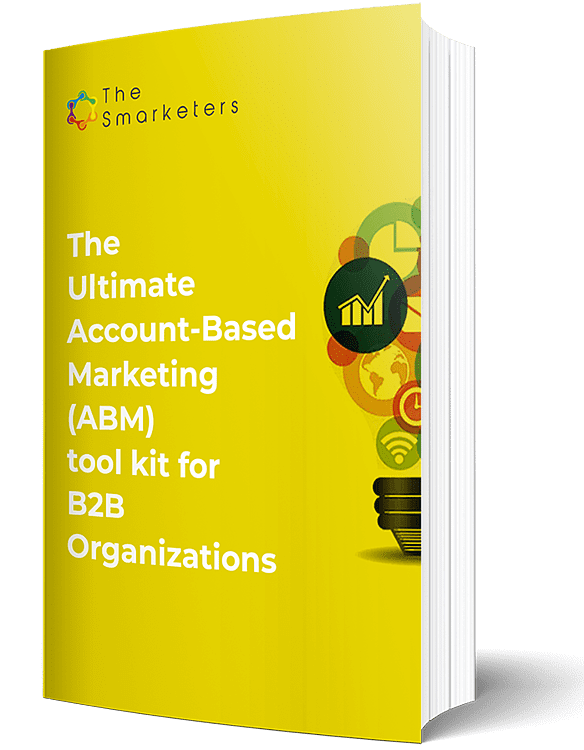For a B2B marketer, achieving three-digit growth rates proves to be the precursor to employing the Account-Based Marketing (ABM) strategy. The ABM Alliance Leadership has already stated in its research that B2B marketers saw a 171% lift in their average annual contract value (ACV) when implementing ABM strategies.
We see that mastering the art of ‘choosing the right account’ would promise over 50% of success out of your ABM strategy. Executing an awesome Account Based Marketing plan begins by creating the most aptly defined Ideal Customer Profile (ICP).
Your Ideal Customer Profile
The customer profile that you create could be out of nothing or it could be based on user data. Businesses that lack data to validate the definition of ICP need to start from scratch using competitor information or customer profiles that belong to very similar markets. On the other side, the more adept B2B marketers rely on predictive analytics rather than secondary data. Radius, Infer, SalesPRISM, and Everstring are some of the predictive analytical tools you could get started with.
Firmographics & Technographics
Irrespective of what methodology you use to create an ICP for your business, there are a few basics that must be used and included in the process. You can wrap these basics into two groups of criteria: Firmographics and Technographics. Firmographics encompass the criteria that speak about how and what the target firm (customer) is all about. This includes the list of decision-makers in purchasing your product with their designations and tenure, the industry type, purchase process, probable use of the product, and their preferred product criteria.
Technographics, on the other hand, requires you to figure out the technologies that your prospective accounts are already using or have used in the past and their shortcomings to draw a comparison between those and your product.
Primary Objectives
Once you have your ICP ready, you need to gain clarity on which of the two primary objectives would you choose to execute ABM for your business. Using ABM primarily depends on two primary objectives:
- Expanding into new markets and territories: Identifying Opportunities
- Reaping more value with the existing set of clients: Upsell and Cross-Selling
Based on the objective that you pick, the process of choosing the right accounts would be aligned to the ultimate ABM strategy. This also helps you qualify your accounts.
Creating a Database
With ICP and ABM objectives in place, you can now start developing a database and organize them into lists.
Marketing Qualified Accounts & Other Lists
You could use a prospect database that you have created through B2B lead generation campaigns in the past or you could use platforms like Linkedin or other industry-specific social networks. For instance, a digital marketing or martech firm would also rely on platforms like Inbound.org, Cofounderslab.com, Online Geniuses, and so on. With these sources, you need to create different lists that need a different types of communication and engagement.
So, let’s say the following could be some lists to start with:
List A: Marketing Qualified Target Accounts
List B: Qualified but not Target Accounts
List C: Qualified but not interested in Target Accounts
List D: Any other Account
Using Primary Objective to Create a database of Accounts
We have drafted the process for both objectives. No matter which one you choose, we have you covered.
Expanding into new markets and territories: Identifying Opportunities
In the ABM terminology, the strategy applied to identify opportunities with an objective to expand into new markets and territories is referred to as a ‘look-alike strategy’.
You need not be surprised if you see a tool also that has adopted the framework of look-alike strategy to execute account mapping for marketers, to implement Account-based Marketing services.
This strategy requires you to first list down who are the ICPs using an existing account database from your CRM. This list would have all those accounts that have worked well for your business. Once, you have this list of accounts that brought business and fit perfectly into the ICP, start matching them with the prospective account list.
While you may choose to run this exercise manually, you could use any of the above-mentioned predictive analytics tools to run the errand of matching. These tools save a lot of time and help you scale faster in identifying accounts and assigning them to the lists.
The Smarketers’ Advice: While implementing this strategy, keep in mind that it is effective only when you already have some known variables. These variables include tested account criteria, accounts that have brought business, firmographics, and technographic with data validation of all successful accounts. This works best when you already have some retrospective information about the accounts from the past.
Reaping more value with the existing set of clients: Upsell and Cross-Selling
While the look-alike strategy helps in building a new list of accounts, the upsell and cross-sell work best with your existing line of customers. It helps you optimize both ROI and revenues with the existing set of customers.
Create lists using the existing customer database. Match each customer with ICP and assign a product or service that you intend to sell to these customers. Since you already know these clients, you can eliminate the levels of hierarchies and decision-makers that would increase the B2B sales cycle. Target the most relevant people using highly personalized and customized content.
Engage and educate these customers about the value of upgrading or adding your product to their tool list. Encourage a sale by sending exclusive offers as and when necessary. The most successful context in which you could implement this strategy is when you are dealing with global or multi-branch customers who have more than one unit that could consume and use your product.
This strategy also reduces the initial cost that the marketing team incurs in acquiring a new customer. This keeps your cost per acquisition low and the lifetime value of a customer at an all-time high.
The Smarketers’ Advice: This is for those of you, who have no extra budget to implement ABM on a large scale. However, you should have already very strong and trustful relationships with the existing group of customers to implement this strategy.
Using this guide, you can create a sound database of prospects to make the most out of ABM. However, if you feel there are some concepts that you have missed out on, you can to our article that tells you in detail, ‘Is account-based marketing right for your B2B company?’













